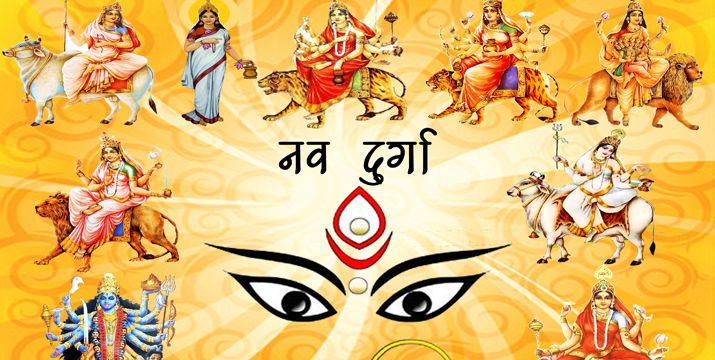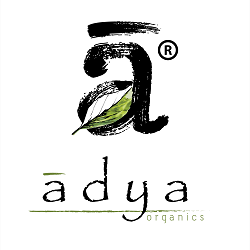Nau Durga

Nau Durga :-
Navratri’ in Sanskrit translates to ‘nine nights’. Indians all across the world celebrate these nine nights with full fervor and great enthusiasm. These nine nights of festivities are marked with ritualistic fasting, poojas while adopting a calm and meditative lifestyle. This Hindu festival is dedicated to Goddess Durga and her 9 avatars. On each of these nine days, Hindus worship the nine different manifestation of Durga or Shakti. The ‘Nav Durga’ or the ‘Nine Forms of Durga’ are pleased with special offerings and prayers. The significance of Nav Durga is narrated and reiterated in every Hindu household especially during the Navratris as this is the time when Goddess Durga descends from the heaven to bless her beloved devotees.
Here are the nine manifestations of Goddess Durga that are worshiped on each day of Navratri and thebhog or prasadthat is specially prepared for them to seek their blessings.
Shailputri : The first manifestation of Durga is Goddess Shailputri. According to scriptures, she holds a trishul and a lotus in her hands, and rides a bull called Nandi.Sailputri is also worshiped as Parvati or Hemvati. The first day of Navratra is dedicated to worshiping Shailputri. Devotees offer pure desi ghee on the foot of Shailputri. An offering of pure ghee is said to bless the devotee with a life free of diseases and illness.
Brahmacharini : The second day of Navratri bhog is dedicated to Goddess Brahmacharini. She is depicted as a monastic goddess in Hindu scriptures, two-armed, clad in white and holding a rudraksh mala and a sacred Kamandalu.Worshiping this form of Shakti is known to invoke the spirit of penance, renunciation, virtue and nobility. Goddess Brahmacharini is a lover of simple food and offerings. Devotees serve a bhog of jaggery and fruits to Goddess Brahmacharini.
Chandraghanta : The third manifestation of Durga is Goddess Chandraghanta. She is depicted as a fierce 10-armed Goddess.Chandraghanta is worshiped on the third day of Navratri. She has a golden complexion and on her forehead she wears a crescent moon, which is why she is called Chandraghanta by her devotees. The Goddess is pleased by offering milk or kheer.
Kushmanda : On the fourth day of Navratri, Goddess Kushmanda is worshipped. Devotees worship the Goddess by observing fasts and offering Malpua as bhog.
Skandmata : The fifth manifestation of Durga is Skandmata who is worshiped on the fifth day of the Navratri also known as Panchami.Her posture is calm and serene. She is seated on a lotus, but a lion is also her vehicle. A bhog of bananas is offered to the goddess and it is said to keep the devotees in good health.
Katyayani : Worshiped on the sixth day (Shashti) of Navratris, Goddess Katyayani is a form of Shakti who is depicted as having four arms, and carrying a sword. Devotees offer honey as prasad to Goddess Katyayani. Her blessings fill their lives with sweetness and help them get rid of bitter troubles.
Kaalratri : Goddess Kaalratri is worshiped on the seventh day of Navratri. Kaalratri bestows her true devotees protection from evil-powers and spirits. Devotees offer jaggery or sweets made with jaggery.
Mahagauri : Durga Asthami or the eight day of Navratris is dedicated to Goddess Mahagauri.Goddess Mahagauri is offered coconut as bhog by devotees.
Siddhidatri : Worshiped on the ninth day, Goddess Siddhidhatri is projected as a four-armed deity sitting calmly on a lotus.On the ninth day of Navrartris, devotees observe a fast and offer til or sesame seeds as bhog. This is believed to protect the devotee and his family from unfortunate mishaps.[/vc_column_text][vc_column_text]
